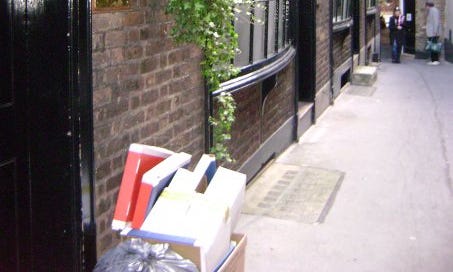Selling My Religion: Shopping and the Preacher (1)
ANNETTE TELLS TALES Long Before TV Evangelists, George Whitefield Was a Transatlantic Sensation, Selling What People Were Eager to Buy. How? 🛒🛍️
How Long Is This Post? About 8,400 words, or 38 minutes (Yes, you get value at NBH!)
SHOPPING!
Now I have your attention. Oh, I don’t, not yet? ok . . .



